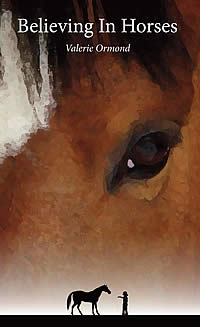Woodford Reserve bourbon is taking the traditional Kentucky Derby cocktail, the mint julep, to a new level by unveiling the world’s most exclusive mint julep cup. The Woodford Reserve $1,000 Mint Julep Cup Experience will feature the most exotic ingredients in the world and a collection of 103 sterling silver mint julep cups designed by Tiffany & Co. exclusively for Woodford Reserve. Proceeds from the cup sales will benefit The Heart of a Horse Foundation, whose mission is to maintain and stimulate the unwavering well-being of horses in America.
“Woodford Reserve has been associated with the Thoroughbred community since the brand’s beginning and through the sale of these cups, we look forward to assisting The Heart of a Horse Foundation in their horse rescue mission,” said Laura Petry, Woodford Reserve brand manager.
In addition to the 103 traditional cups, there will also be three “Prestige” cups available for auction. These sterling silver cups feature a design around the base in 24 karat gold vermeil originally used by Tiffany & Co. on a horse racing cup created in 1876, and bidding on these rare cups will start at $2,000 each.
“It is an honor to partner with Woodford Reserve for a second year while also supporting the Heart of a Horse Foundation,” said Susanne Halmi, group director of Tiffany & Co.
Continue reading Mint Julep Cup Sales Benefit Equine Welfare Organization

